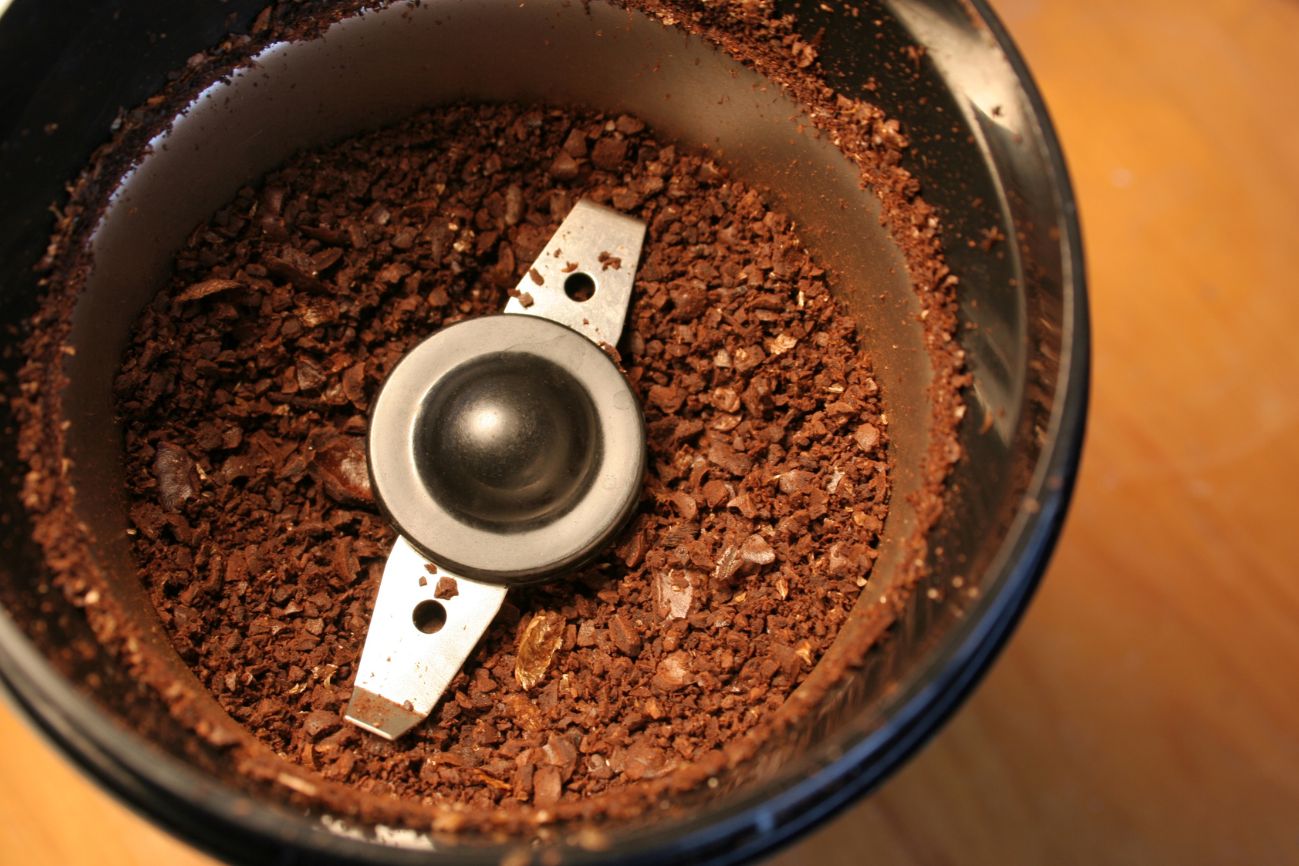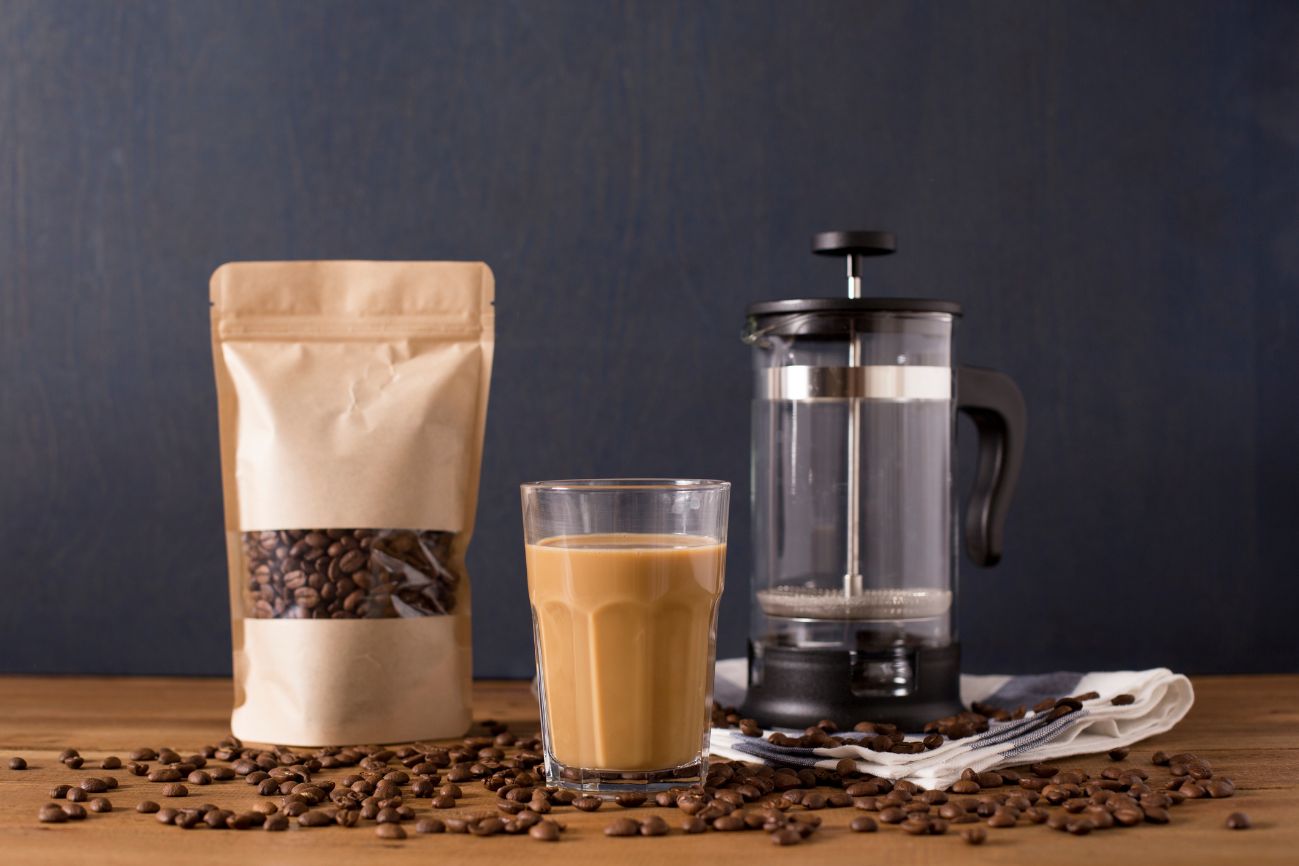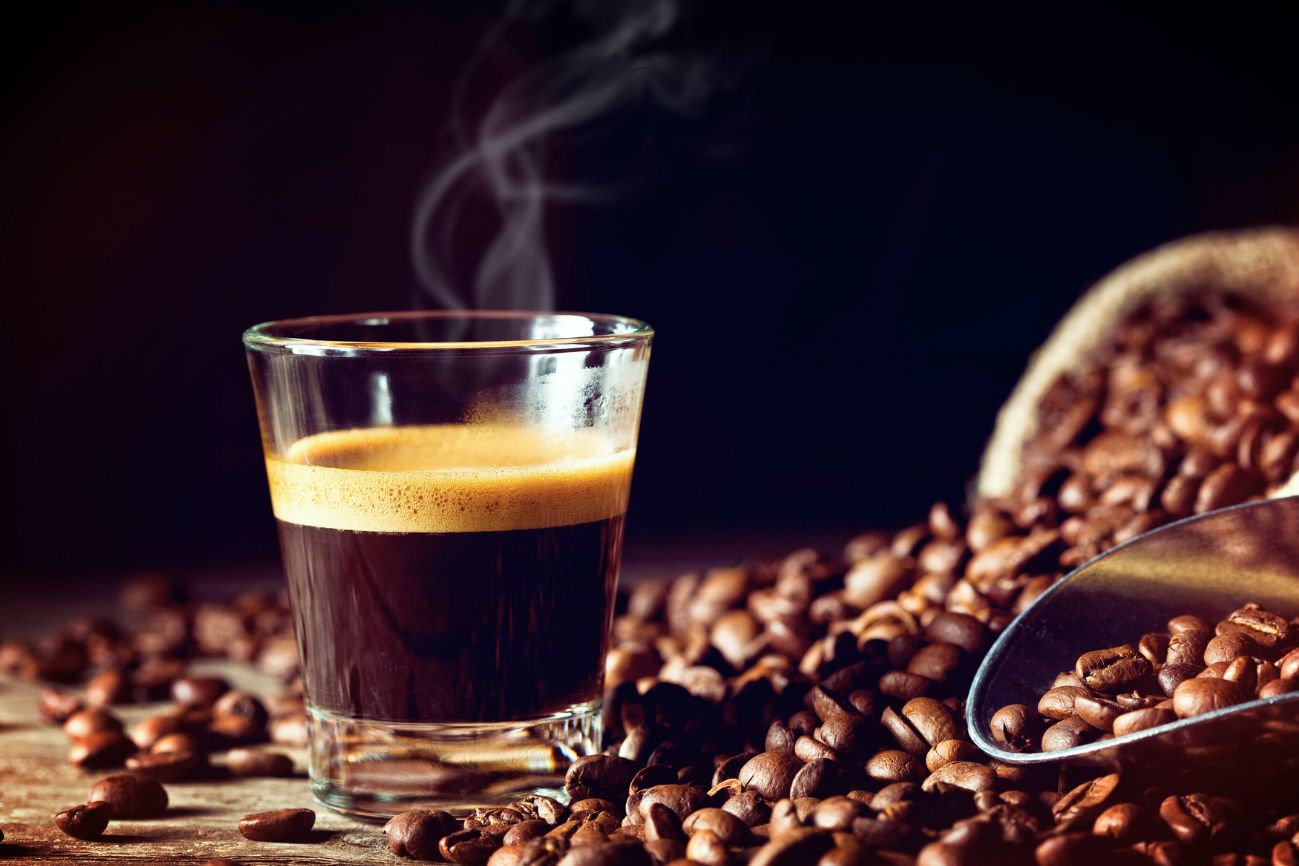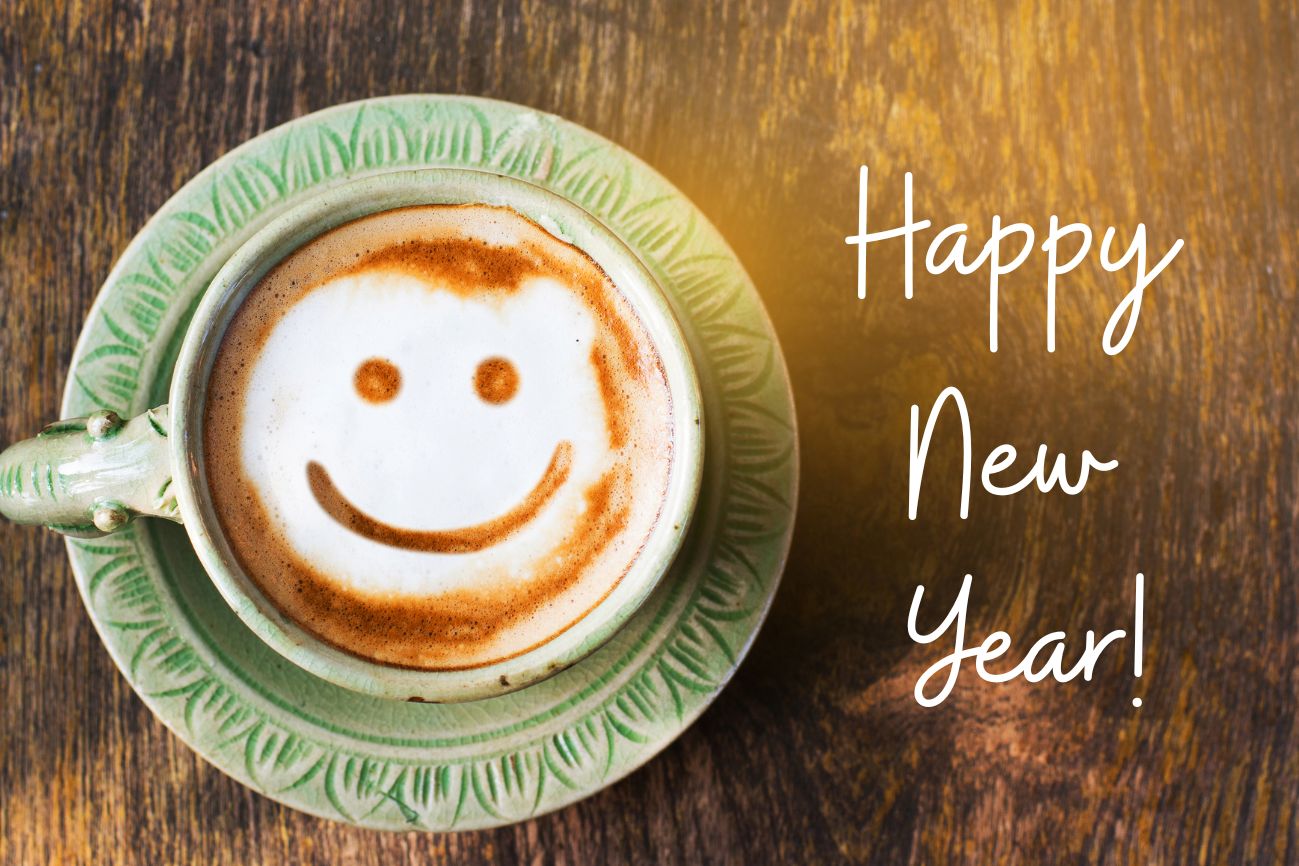Some people simply go to the store, buy ground coffee, and begin brewing, when they first start their coffee-making journey. Some people don’t even know that there are different coffee grind size, so they use the incorrect size, which results in poor-tasting espresso and French press. Therefore, this article is for you if you are a beginner who wants to begin making coffee but does not understand the grind sizes and why they are important.
Here we will discuss all the questions in this coffee grind size guide in your mind like:
What is coffee grind size and why does it matter?
Why you should always grind coffee beans by yourself?
What is the best coffee grind size for every coffee method?
So, let’s get started without wasting further time.
What is coffee Grind Size and Why Does it Matter?
Coffee grind size also matters the most in coffee making, as do all other factors. There are three main types of coffee grounds: fine, medium, and coarsely ground coffee beans. Some people assume that coffee comes in a finely ground form.
In some coffee methods, we use medium or coarsely ground coffee grounds; in others, we use fine coffee grounds. Choosing the right coffee grind size is a must for all coffee methods. For instance, you require coarsely ground coffee for a French press, but you use finely ground coffee instead. The finely ground coffee particles then pass through the mesh filter and end up in your cup.
For this reason, you should always use the right coffee grind size while making coffee.
If you are making a simple cup of coffee, then too fine a grind risks over-extraction, leading to bitter coffee. Too coarse, and you might under-extract, leaving your coffee weak and sour. The key is to find the sweet spot where the coffee grind size complements your brewing method.
Why You Should Always Grind Coffee Beans by Yourself?
The question arises is why we should grind our coffee beans when we can buy them. Of course, you can, however, the reason is that grinding your coffee beans just before brewing will make your coffee taste so delicious and fresh. It will not taste the same when you use the grounded coffee that has been stored. Because ground coffee has a larger surface area than whole beans, it loses all of its flavors and freshness while stored. Therefore, you will need to grind your coffee to get the best and most flavorful coffee.
Secondly, even if you were able to purchase it from the store, would you always get the ideal coffee grind size? It can be difficult to get every exact coffee grind size because different coffee methods require different grind sizes. To get the best coffee flavors, it is therefore advised to grind your coffee beans at home.
7 Coffee Grind Size Guide for Brewing Methods

| Coffee Grind Size | Texture | Brest For |
| Extra Coarse | Like coarse peppercorns | Cold Brew, Cowboy |
| Coarse | Similar to kosher salt or sea salt | French Press, Percolators |
| Medium Coarse | Feels like rough sand | Chemex, Clever Dripper |
| Medium | Like regular sand or granulated sugar | Pour over, Drip, Siphon, AeroPress (long steeping time) |
| Medium Fine | Slightly finer than sand | Moka Pot. AeroPress (short brew time) |
| Fine | Similar to table salt | Espresso |
| Extra Fine | Fine like powder | Turkish Coffee |
Let’s talk about several types of coffee grind sizes for different coffee methods.
1. Extra Coarse Grind
Grinder Setting: Choose the coarsest setting on a burr grinder.
Texture: Chunky, similar to peppercorns or coarse sea salt.
Best for: cold brew coffee, more coarsely ground coffee grinds work best. The coffee grinds are steeped in cold water for at least 12 hours during the cold brew procedure. Using fine coffee grinds will lead to over-extractions, which will produce acidic coffee. Therefore, to prevent over-extraction from steeping coffee in water for an extended period, you should always use coarsely ground coffee in cold brew.
2. Coarse Grind
Grinder Setting: Set your burr grinder to a coarse setting.
Texture: Like kosher salt or coarse sand.
Best for: Coarsely grounded coffee is the best coffee grind size for French press coffee. French press coffee is made in the same way as cold brewing, except for the hot water. In the French press, the coffee grinds are steeped for a longer duration in hot water, whereas in cold brew, the coffee grounds are steeped in cold water. To prevent over-extraction from steeping the coffee in hot water for a long time, coarsely ground coffee is a good fit for French presses. Your coffee will taste wonderful with a strong, full-bodied flavor that isn’t overly acidic if you use coarsely ground coffee.
3. Medium-Coarse Grind
Grinder Setting: Medium-coarse setting on your burr grinder.
Texture: Like coarse sugar or rough sand.
Best for: Even though it appears to be coarsely ground coffee, this coffee is a bit finer. And this is the best coffee grind size for the Chemex coffee method.
4. Medium Grind
Grinder Setting: Medium setting on most burr grinders.
Texture: Like regular sand.
Best for: This grind size is the most widely used and is usually seen in stores. For pour-over, drip, and siphon coffee methods, this works best. Since the extraction process is shortened in these methods, medium-ground coffee is required to extract all the flavors without going over or under-extracting coffee.
5. Medium-Fine Grind
Grinder Setting: Medium-fine setting on your grinder.
Texture: Finer than sand but not powdery.
Best for: Similar to the medium grind size, this size is perfect for maka pot and AeroPress coffee methods. We will get a well-balanced cup of coffee without either too much or too little extraction if we choose this grind size for the AeroPress and pour.
6. Fine Grind
Grinder Setting: Fine setting, almost powdery but not clumping.
Texture: Like table salt or flour.
Best for: To get all the flavors of your coffee, you should always use fine coffee grinds while brewing it in an espresso machine. Pressure builds up in espresso machines, forcing the water to come into contact with the finely ground coffee. Coffee that is coarsely ground will have less extraction since water quickly passes through the coffee grinds. Therefore, while brewing coffee in espresso, make sure to use finely ground coffee beans to get all the flavors.
7. Extra Fine Grind
Grinder Setting: The finest possible setting on a burr grinder.
Texture: Powdery, like confectioners’ sugar.
Best for: Turkish coffee, which is extremely strong, is made from coffee beans that have been extra finely ground. Because Turkish coffee is made unfiltered, the coffee grinds must dissolve almost completely in the water, hence you need to use extra fine coffee while making Turkish coffee.
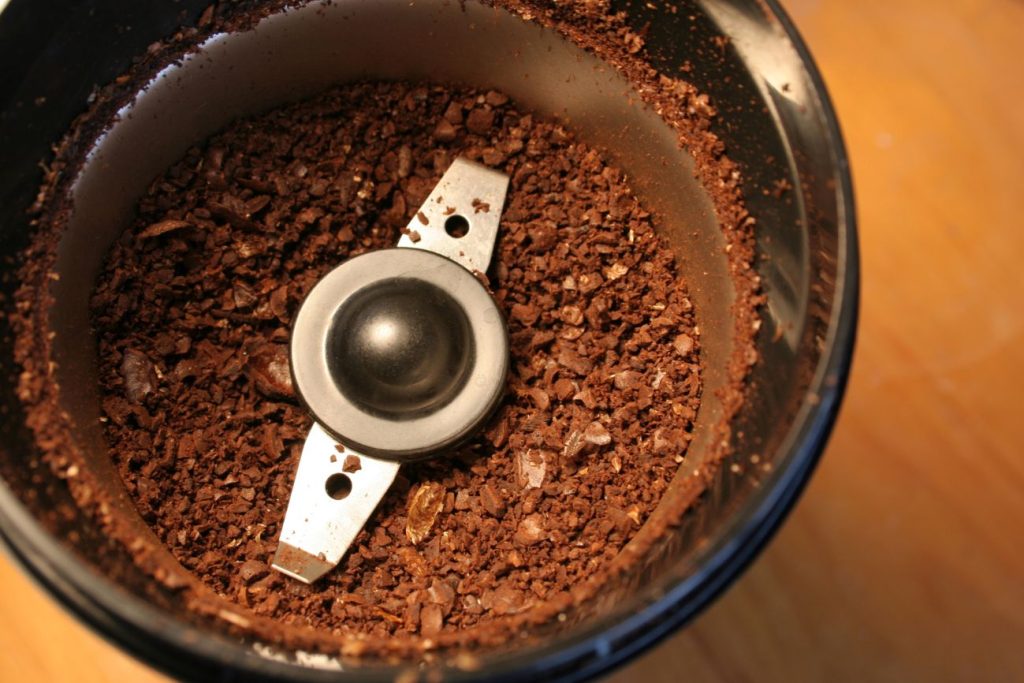
Which Type of Grinder You Should Choose for Perfect Coffee Grind Size?
Now that you know the coffee grind sizes, let’s talk about the two main types of coffee grinders:
1. Blade Grinders (Not Recommended)
🚫 Inconsistent grind size → Uneven extraction
🚫 Generates heat → Affects coffee flavor
✅ Budget-friendly but unreliable
Best for: Casual coffee drinkers who aren’t concerned about precision.
2. Burr Grinders (Recommended)
✅ Consistent grind size → Better extraction
✅ Customizable grind settings
✅ Preserves coffee flavor
Best for: Anyone serious about quality home brewing.
Two Types of Burr Grinders:
- Flat Burr Grinders: More precise, great for espresso.
- Conical Burr Grinders: More affordable, great for most methods.
Top Recommended Grinders:
- Baratza Virtuoso+ – Best for precision and versatility.
- 1Zpresso J-Max (Manual) – Best for travelers and espresso lovers.
- Breville Smart Grinder Pro – Best for beginners.
- To find best grinders for home, read our article about The 5 Best Coffee Grinder for Perfect Home Brewing in 2025
Automatic Grinder or a Manual Grinder?
Choosing between an automatic and a manual grinder to have perfect coffee grind size depends on your brewing preferences, lifestyle, and budget. Here’s a breakdown of the key differences to help you decide.
1. Automatic Burr Grinder: Best for Convenience & Consistency
Pros
✔ Quick & Easy: Just press a button, and it grinds the coffee effortlessly.
✔ Consistent Grind: Electric burr grinders provide uniform particle size, improving extraction.
✔ Multiple Grind Settings: Many have precise adjustments, allowing you to grind for espresso, pour-over, French press, etc.
✔ Great for Daily Use: Ideal if you brew coffee frequently and want a hassle-free experience.
Cons
✖ Expensive: Quality burr grinders start at $100-$500+, depending on features.
✖ Requires Electricity: Not portable, so not ideal for travel or camping.
✖ Takes Up Space: Most electric grinders are larger and require counter space.
Best For:
- Espresso Lovers who need a fine, consistent grind.
- Busy Coffee Drinkers who don’t want to grind manually every morning.
- Home Baristas who want multiple grind settings for different brew methods.
Recommended Automatic Burr Grinders:
- Baratza Virtuoso+ – Best all-rounder for home brewing.
- Fellow Opus – Sleek design, great for pour-over & espresso.
- Breville Smart Grinder Pro – Best for precision and grind settings.
2. Manual Burr Grinder: Best for Portability & Control
Pros
✔ Affordable: A quality manual grinder costs $50-$150, much cheaper than automatic.
✔ Portable: No electricity needed—perfect for travel, camping, or work.
✔ Precise Control: Some manual grinders (like 1Zpresso JX) allow fine-tuning for espresso & pour-over.
✔ Durable: No motor means fewer parts to break; lasts longer with proper care.
Cons
✖ Takes Effort: Grinding 30g of coffee for French press can take 2-3 minutes by hand.
✖ Inconsistent for Espresso: Some manual grinders struggle with ultra-fine adjustments.
✖ Not Ideal for Large Batches: Grinding for a group takes longer compared to automatic.
Best For:
- Travelers & Campers who want fresh coffee on the go.
- Pour-Over Fans who love a hands-on approach.
- Budget-Conscious Buyers looking for a great grinder at a lower price.
Recommended Manual Grinders:
- 1Zpresso J-Max – Best manual grinder for espresso & pour-over.
- Timemore C2 Max – Lightweight, budget-friendly, and great for beginners.
- Comandante C40 – High-end, premium manual grinder with excellent burrs.
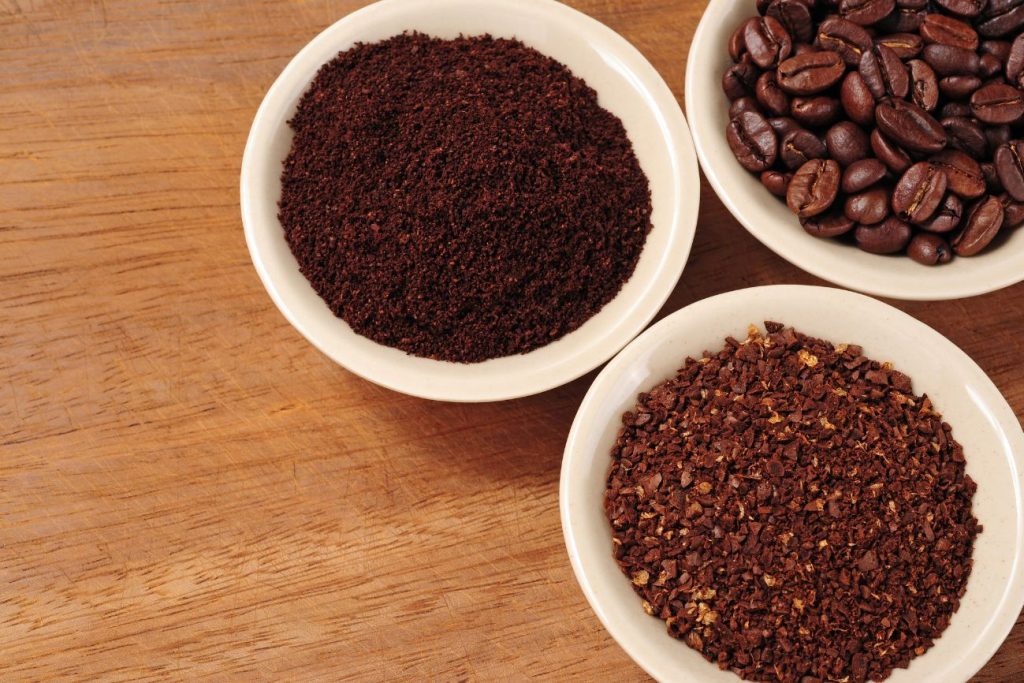
How to Adjust Your Grind Size
Finding the right grind size can take some experimentation. Here are steps to help you:
- Start with a Baseline: Use the recommended grind size for your brewing method.
- Brew and Taste: Note the flavors. Bitter? Try a coarser grind. Sour? Go finer.
- Make Small Adjustments: Adjust in small increments to avoid drastic changes in flavor.
- Track Your Results: Keep a coffee journal to document grind sizes, brewing times, and results.
Common Mistakes to Avoid While Grinding Coffee
The majority of people make these mistakes and are even unaware of the reason behind their irregular extraction each time they grind their coffee beans by themselves.
- Using a Blade Grinder: Inconsistent grind sizes lead to uneven extraction. Upgrade to a burr grinder for better results.
- Grinding Too Early: Coffee loses freshness quickly after grinding. So always make sure to grind your coffee beans just before brewing coffee.
- Ignoring Brew Time: The right grind size works hand-in-hand with brewing time. Adjust both for the best results.
- Skipping Regular Cleaning: Residual coffee oils and grounds can affect the taste of your brew. Clean your grinder frequently.
Tips for Beginners in Coffee Grinding
Here are some tips for grinding coffee beans if you are a beginner.
- Invest in a Quality Grinder: A good burr grinder is an investment that pays off in flavor and consistency.
- Calibrate Your Grinder: Test and adjust your grinder settings regularly.
- Weigh Your Coffee: Use a digital scale for precise measurements.
- Store Beans Properly: Always make sure to keep your coffee beans in an airtight container away from light, heat, and moisture.
The Bottom Line
I’m sure that all of your questions are covered in this article, like espresso grinding vs pour-over grinding, and the importance of grind size. Coffee beans are not too difficult to grind. You can now effortlessly select the grind size for your preferred coffee method and have the ideal cup of coffee. To get the ideal grind size for you, all you have to do is follow a few guidelines and make some adjustments.
With the right tools, a bit of knowledge, and a willingness to experiment, you can brew coffee that rivals your favorite café. So, grab your grinder, pick your beans, and start your journey to the perfect cup today.
If you are a beginner and you want some tips for brewing a perfect cup of coffee, then you can check out “11 Essential Tips for Easy Coffee Brewing Methods: A Beginner’s Guide“

